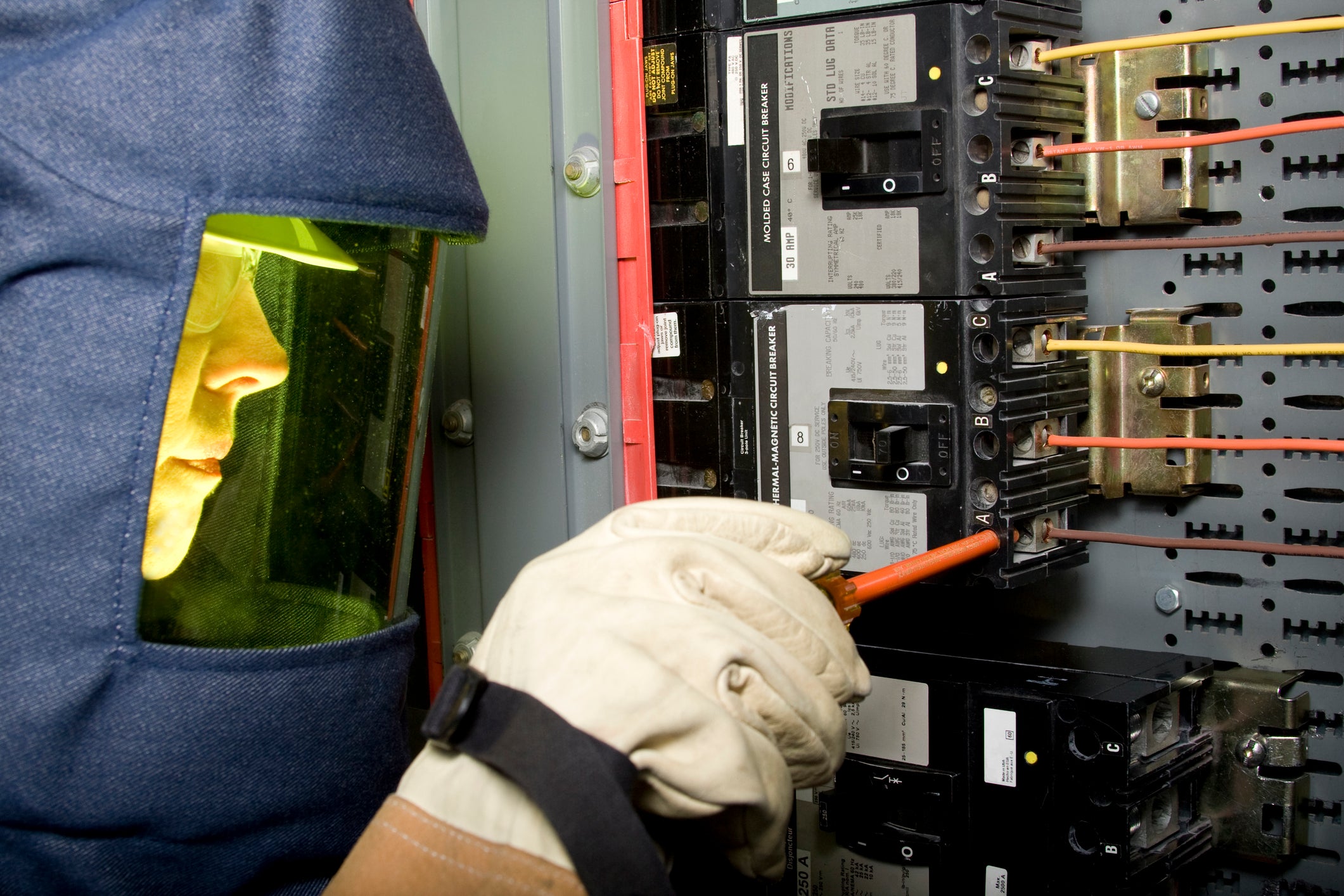Electrical safety is paramount in any workplace where electrical hazards exist. NFPA 70E sets the standard for electrical safety in the workplace, providing guidelines to protect workers from electrical hazards. In this guide, we delve into the crucial details of NFPA 70E to ensure workplace protection and prevent electrical accidents.
1. Understanding NFPA 70E Standards: NFPA 70E, titled "Standard for Electrical Safety in the Workplace," outlines the requirements for establishing a safe work environment when working with electricity. It covers various aspects, including risk assessment, training, and protective measures. The standards evolve to address emerging safety concerns and technological advancements while aligning with OSHA regulations to ensure compliance.
2. Identifying Electrical Hazards: Electrical hazards abound in the workplace, ranging from exposed wiring to overloaded circuits. Conducting electrical risk assessments is essential to identify potential hazards and implement appropriate control measures. Utilizing tools such as infrared thermography and voltage detectors enhances hazard identification accuracy.
3. Establishing Electrical Safety Programs: An effective electrical safety program is essential for mitigating electrical risks. It comprises policies, procedures, and training initiatives aimed at promoting a safe work environment. Training employees on electrical safety practices, including lockout/tagout procedures, ensures they are equipped to handle electrical hazards safely.
4. Personal Protective Equipment (PPE) Requirements: Proper selection and use of personal protective equipment (PPE) are crucial for minimizing the risk of electrical injuries. PPE such as insulated gloves, arc-rated clothing, and face shields provide protection against arc flash and shock hazards. Conducting a thorough hazard assessment helps determine the appropriate PPE for each task.
5. Arc Flash and Shock Protection: Arc flash and shock hazards pose significant risks to workers in electrical environments. Mitigation strategies, such as proper equipment maintenance and installation of arc flash mitigation devices, help reduce the likelihood and severity of arc flash incidents. Clear equipment labeling provides vital information to workers about potential hazards.
6. Work Permit Systems: Implementing a work permit system ensures that electrical work is performed safely and efficiently. It involves obtaining authorization before conducting electrical work and identifying potential hazards. The system delineates responsibilities for authorized and affected personnel, promoting accountability and communication.
7. Emergency Response and Incident Reporting: Preparing for electrical emergencies is essential for minimizing injuries and property damage. Establishing procedures for responding to electrical incidents and conducting post-incident analysis enables organizations to learn from past experiences and improve safety measures. Timely reporting of incidents ensures appropriate corrective actions are taken to prevent recurrence.
NFPA 70E serves as a comprehensive guide for ensuring electrical safety in the workplace. By understanding and implementing its principles, organizations can protect workers from electrical hazards and promote a culture of safety. Continuous education and compliance efforts are crucial in maintaining a safe work environment for all.

